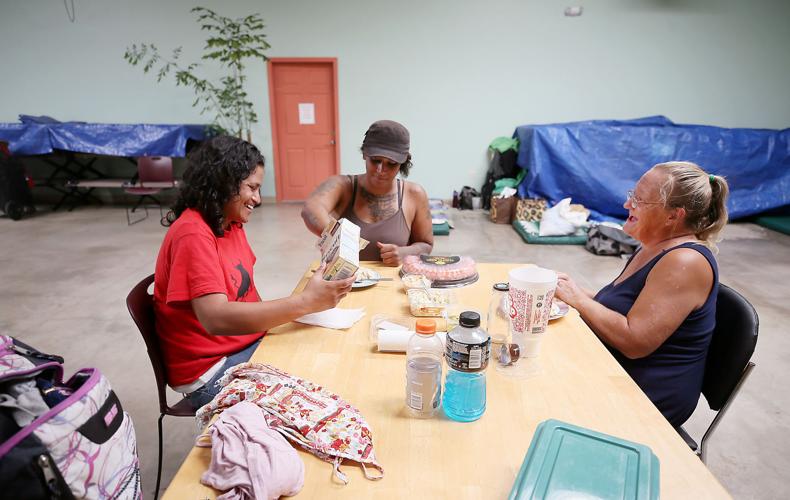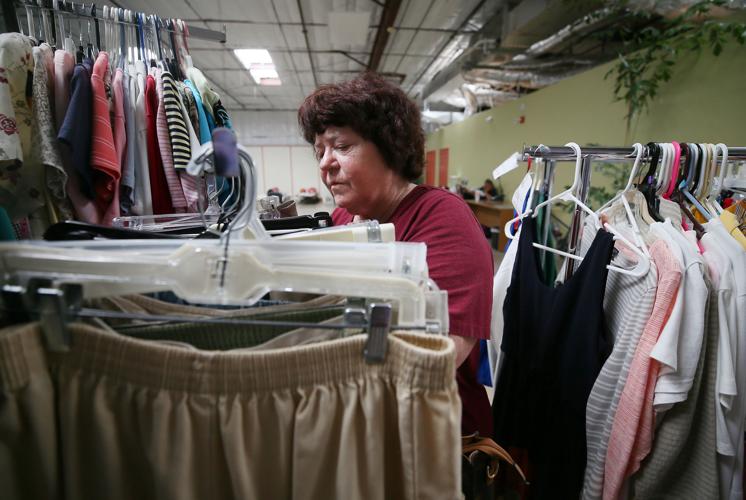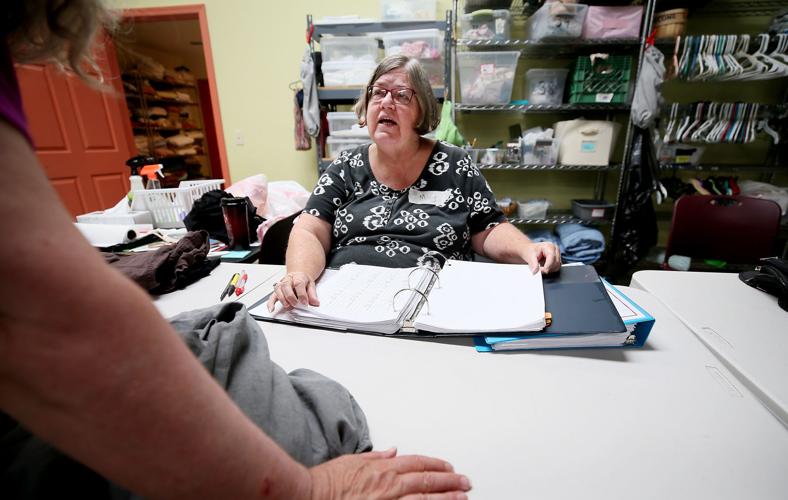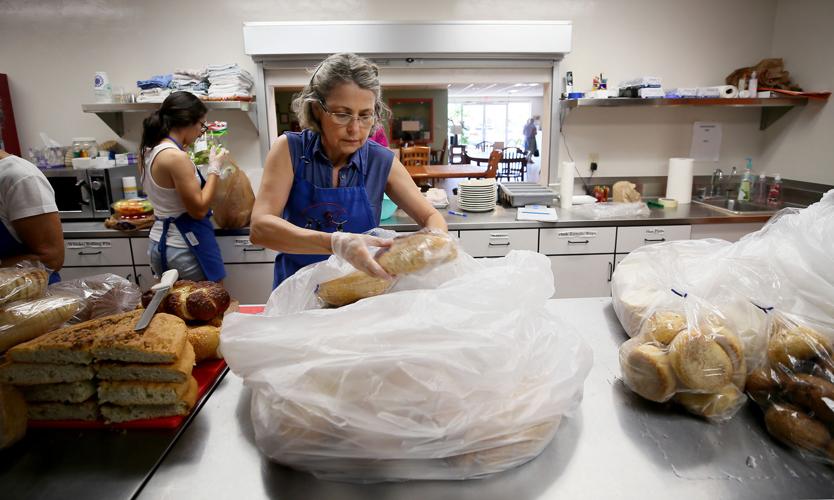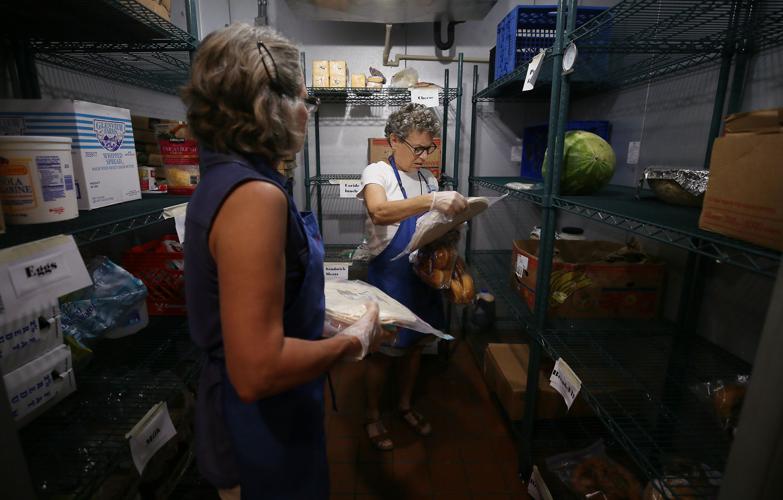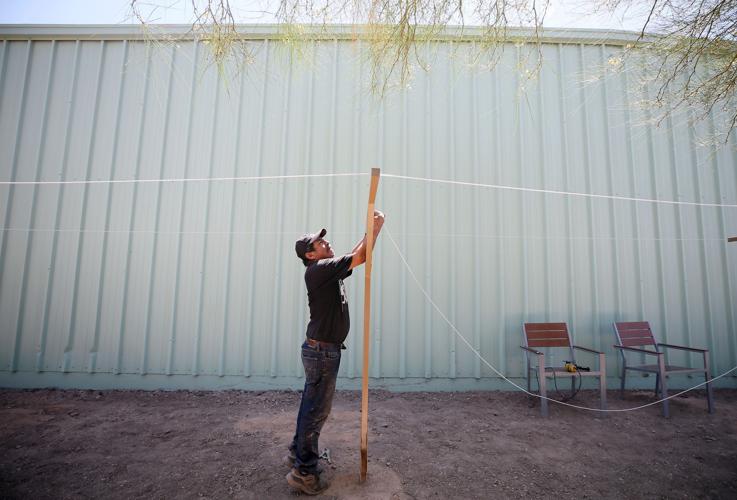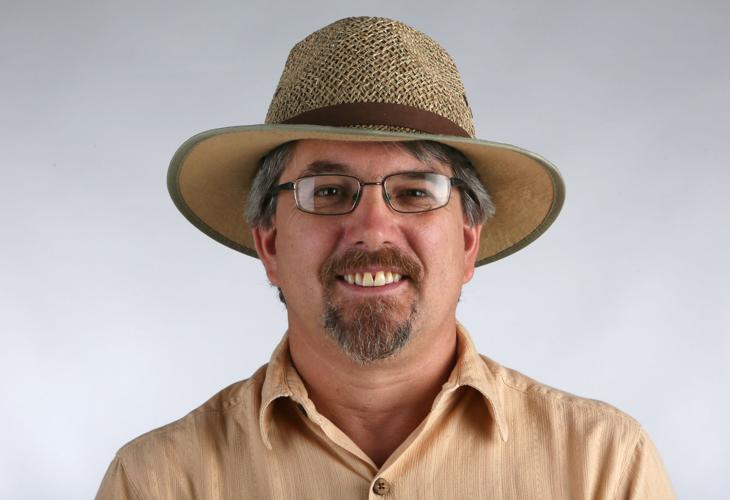For these women, sitting at a table in the cool of a converted warehouse, things have changed for the better.
Kim Carlson, Monica Duarte and their friends were hanging out Tuesday morning at Sister Jose Women’s Center, the large new shelter for homeless women just south of downtown. Outside, the sun was blazing at about 100 degrees, but inside the evaporative coolers were working to perfection.
The women have been staying at the shelter for the week or so since it opened to overnight stays. Before that, they slept overnight in a group on the corner of the downtown library block, at North Stone and Pennington.
“For women, especially, it’s hard to find a safe place,” Carlson told me. “When we were sleeping in front of the library, that’s because we didn’t have anyplace else to go.”
Seeing the shelter was an eye-opener to me. That’s in part because I wrote a critical column three months ago headlined “So much talk, so little progress on homelessness.”
Wanting solutions to a seemingly intractable issue like homelessness can drive you crazy. The problem doesn’t just get solved one day. But incremental progress does occur. One person, or a few, at a time get off the streets, though of course other people may end up on the street at the same time.
I talked with Claudia Powell about this perception after she made a presentation Monday to the Tucson Pima Coalition to End Homelessness.
“You can say nothing changes, but for the person who gets housing, they wouldn’t agree,” she said.
A couple of demographic groups within the Tucson area’s homeless population have had the best luck getting into housing, Powell said: LGBT youth and veterans. Specialized programs have targeted homeless veterans for years, and agencies have had good luck finding temporary housing for the young people.
Beyond that, the results are mixed. But around Tucson, people keep trying things.
In December, Tucson City Councilman Richard Fimbres started a homeless work program modeled after a similar effort in Albuquerque. It’s a small-scale project, but every Tuesday and Thursday, a van takes a group of homeless people to areas that need help with weed-pulling, hauling garbage or other projects requiring manual labor.
They are paid $10 per hour, get a medical screening and have a chance to get needed services. It’s a stop-gap program — no individual can make more than $600 per year at it. But it has had tangible effects.
There have been 166 participants, and they’ve cleaned 101 locations, 55 miles of road and hauled more than 37,000 pounds of trash, Fimbres said in a six-month review of the program. Plus, 17 participants have been housed, and of course everyone got the help of a little pay — $50 per five-hour shift.
“One person took the 50 bucks, bought the part he needed for his car and went home,” Fimbres said. “Another guy bought the bus ticket he needed and went home.”
Next month the program, which takes participants from the Salvation Army and Primavera shelters, will also accept participants from Sister Jose and expand to three days a week.
The Sister Jose center, 1050 S. Park Ave., is a beautiful specimen, now that it’s in full operation. Jean Fedigan, who runs it, likes to point out that the square footage of the gathering room, where participants eat and rest, is bigger than that of the small home where the shelter used to be housed. Agencies provide social work, health care and other services on certain days of the week.
The money to buy the shelter was donated. The Humberto S. Lopez Foundation gave the money for the commercial-grade kitchen. Tofel Construction, the general contractor, donated its work and convinced many subcontractors to do the same.
“It’s all private donations, and we beg a lot,” Fedigan told me as she pointed out new clotheslines that were being installed Tuesday.
While volunteers make the new shelter run, there are not enough yet to make the sleeping accommodations a permanent feature, Fedigan said. Sister Jose is adequately staffed to house women at night in the heat of the summer now, and they expect to do so again in the cold winter, but there may be periods in between when it is not open at night.
They need three volunteers per night to stay at the shelter, Fedigan said. Once they can get dependable staffing, they’ll open for longer periods. For the women hanging out in the cool, new shelter, the relief of being off the street was a tremendous improvement, even if it’s temporary.
“We do all take care of one another in here because we were together on the street,” Duarte said. “While you’re asleep, you’re vulnerable.”
There are cockroaches out there, she noted. There are perverts.
Being away from them, in the cool, is progress. Incremental, maybe even temporary, but progress all the same.


